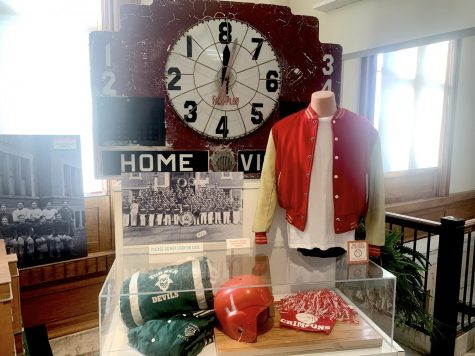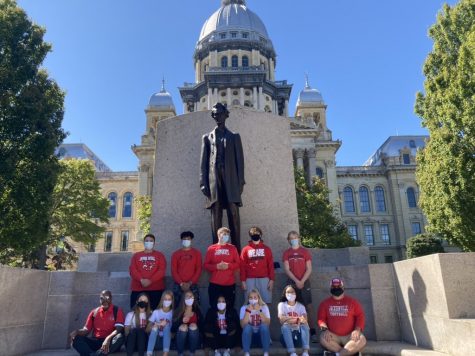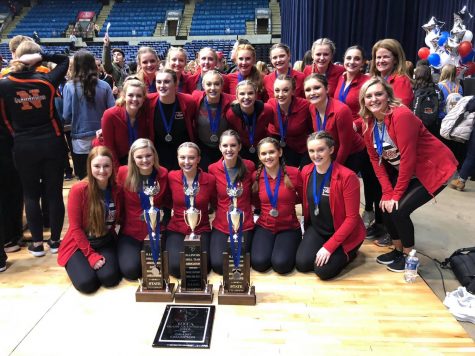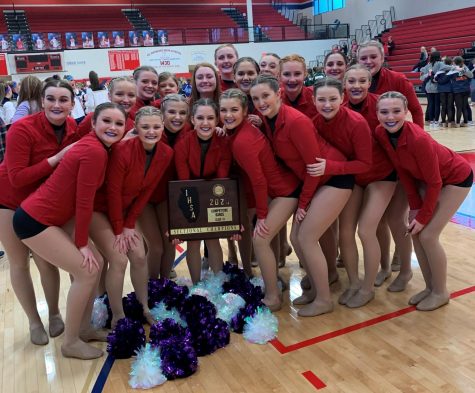The history of Halloween
October 29, 2015
With Halloween approaching, many are buying costumes, candy, and decorations with little thought of why this holiday is celebrated every year on October 31.
The origins of Halloween date back to the ancient Celtic festival of Samhain. The Celts, the United Kingdom, and Northern France celebrated their new year on November 1. This day marked the end of summer and the start of a cold winter. This time of year was often associated with human deaths. The Celts thought that one day before the new year, the limits between the living and the dead became blurred. The Celts also thought that the otherworldly spirits damaged crops but also helped the Druids predict the future. To pay tribute to the event, Druids built a big bonfire where people came to gather and burn crops and animals as sacrifices. Druids would wear costumes that usually consisted of animal heads and skins while they told each others’ fortunes. Earlier in the evening, the Celts would extinguish their hearth fires and relight them with the sacred bonfire after the rituals were over. This was to keep them safe throughout the winter.
By 43 A.D. the Roman Empire had taken over most of the Celtic regions. Throughout the 400 years they were in control of this territory, two festivals that originated from Rome were combined with the traditional Celtic festival of Samhain. The first one was called Feralia. This was a day in October for the Romans to commemorate the passing of the dead. The second festival celebrated was in honor of Pomona. Pomona was a Roman goddess of trees and fruit. This is where today’s traditions of bobbing for apples originated since Pomona’s symbol was an apple.
May 13, 609 A.D. was dedicated to the Pantheon in Rome in honor of all Christian martyrs. The Catholic feast of All Martyrs’ Day was established in the Western church. Later on, Pope Gregory III expanded All Martyrs’ Day to all saints and all martyrs. He moved the date from May 13 to November 1. In 1000 A.D., the church named November 2 All Souls’ Day. This holiday was celebrated similarly to the festival of Samhain with dressing up as devils, angels, and saints. The All Saints’ Day celebration was also called All-Hallows or All-Hallowmas (from Middle English Alholowmesse meaning “All Saints’ Day”). This would eventually become All-Hallows’ Eve and then later on, Halloween which would then make its way to America in the colonial times.






